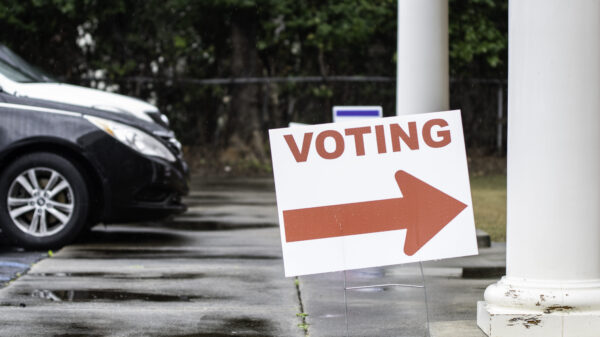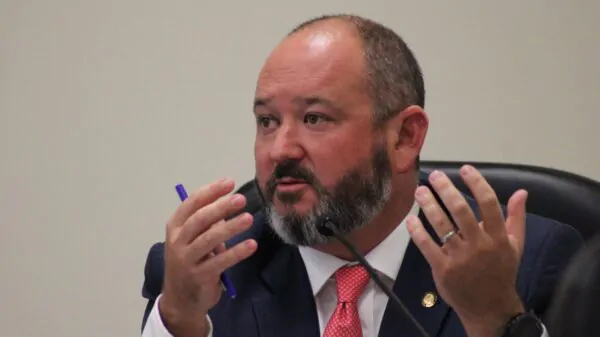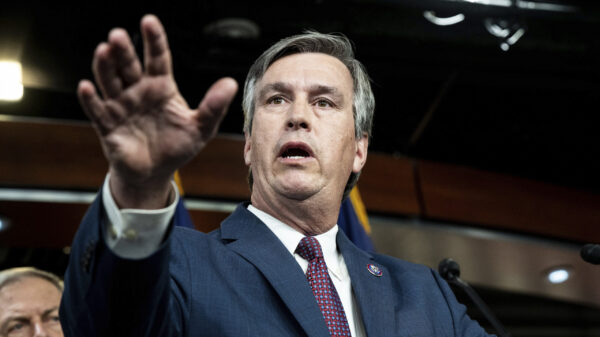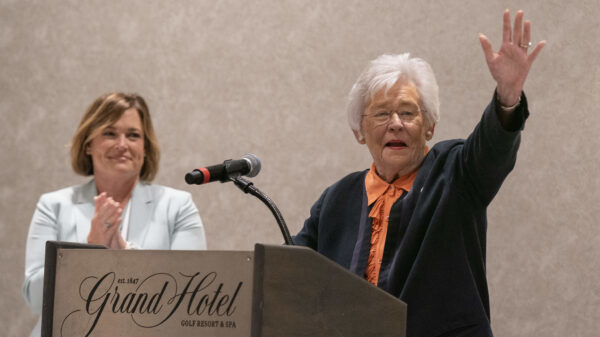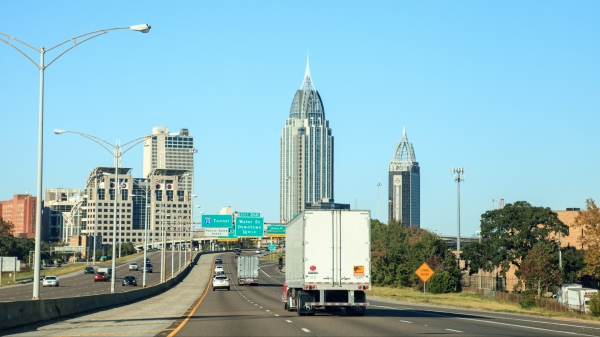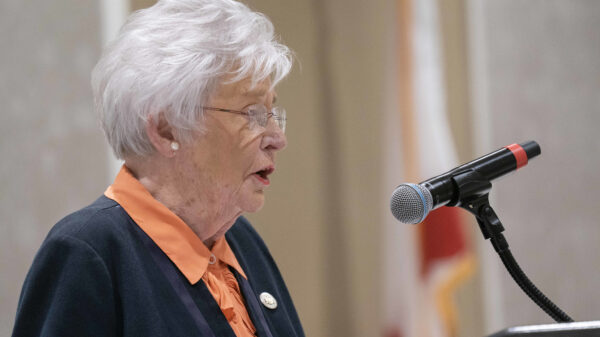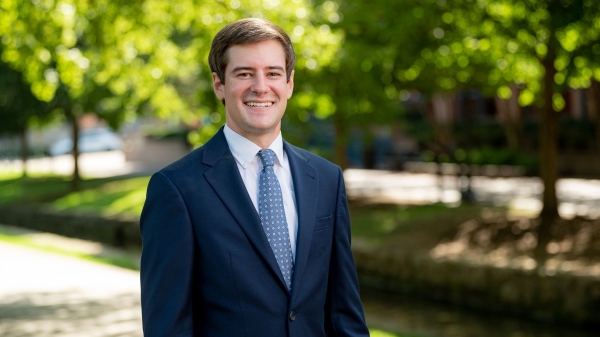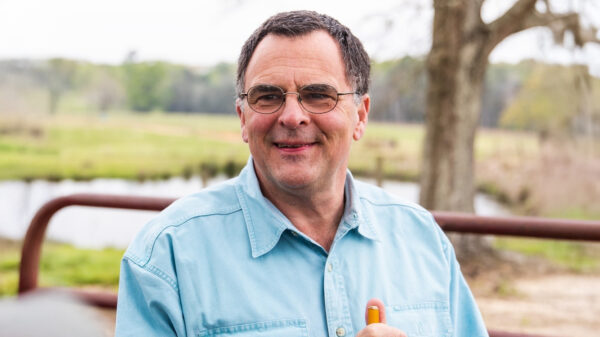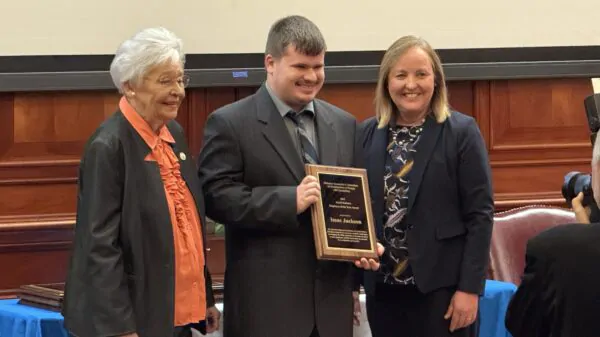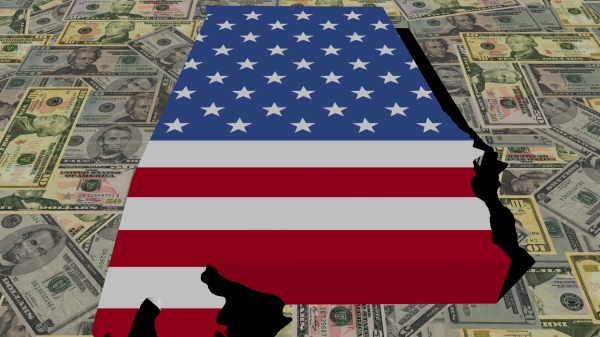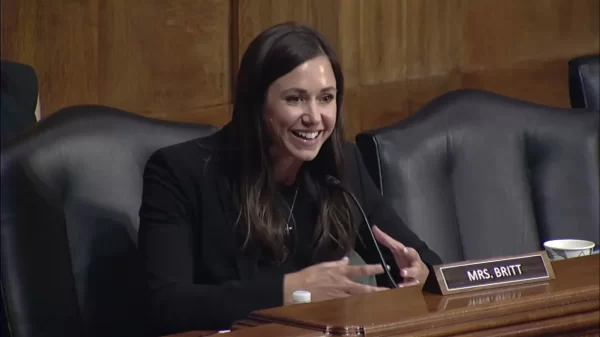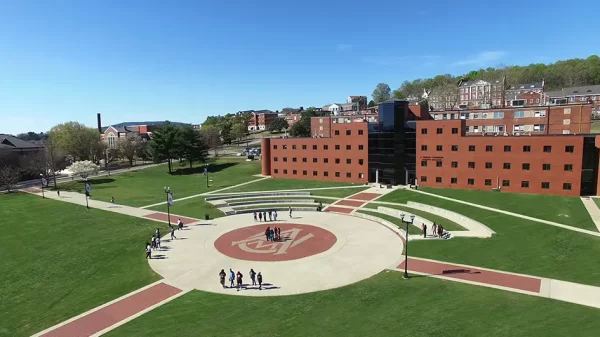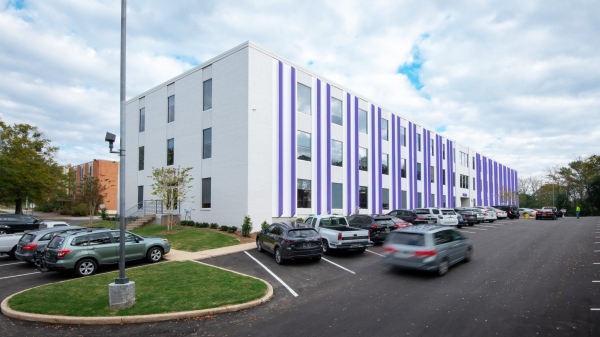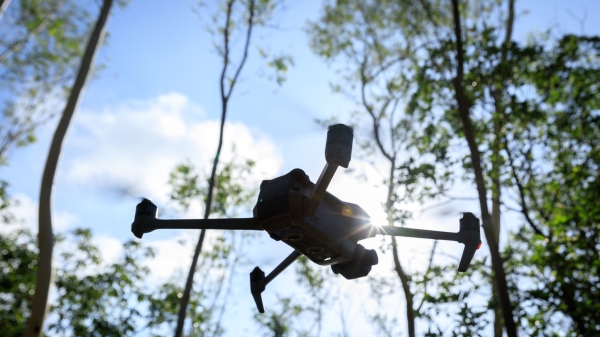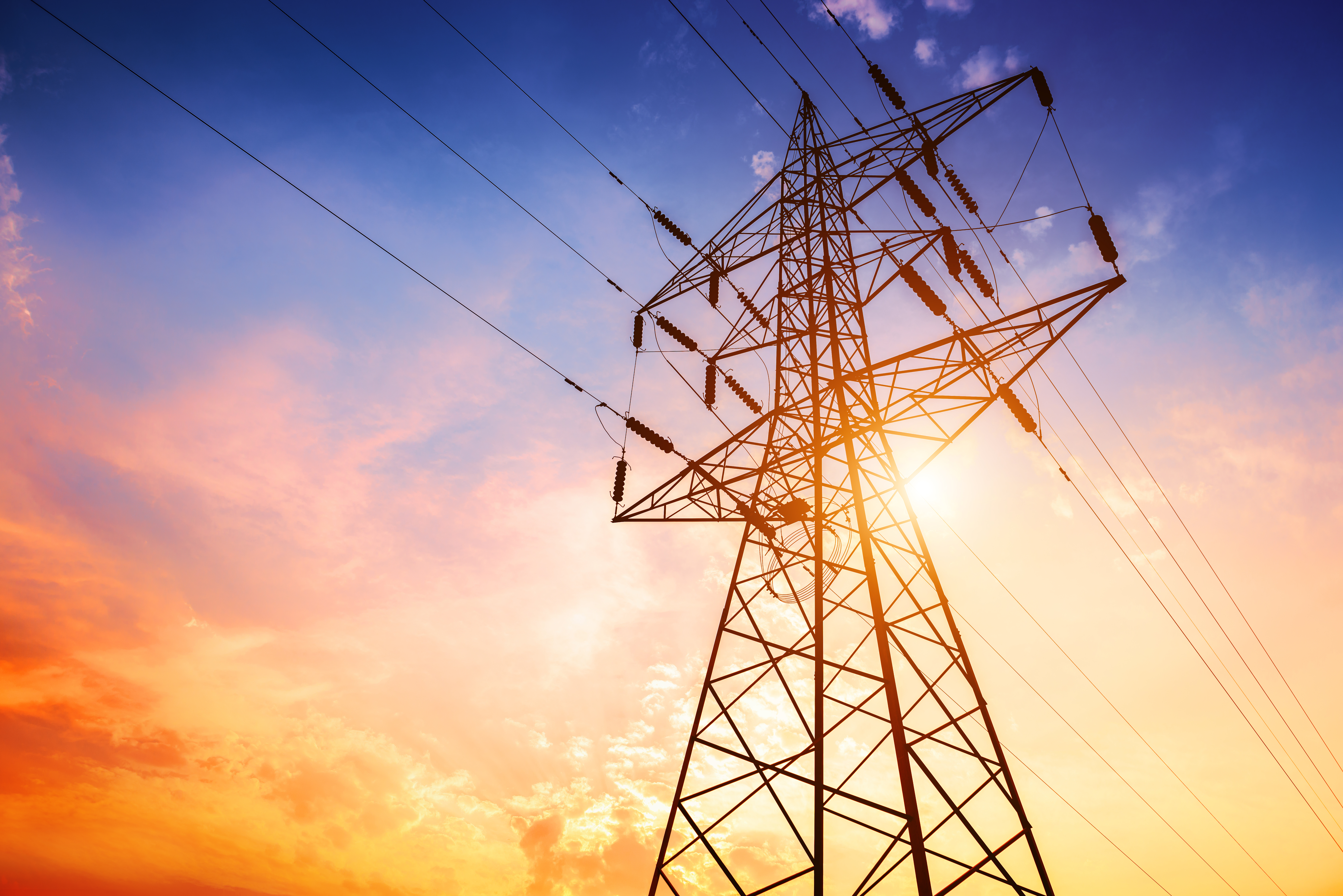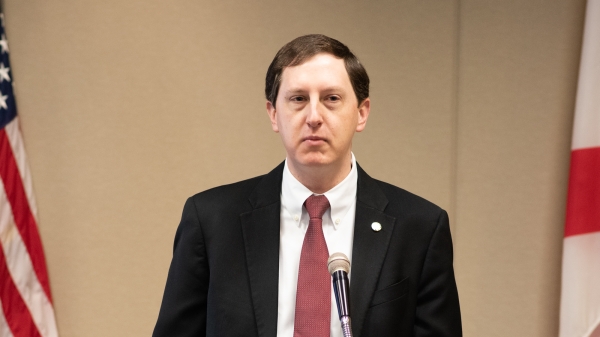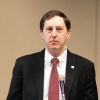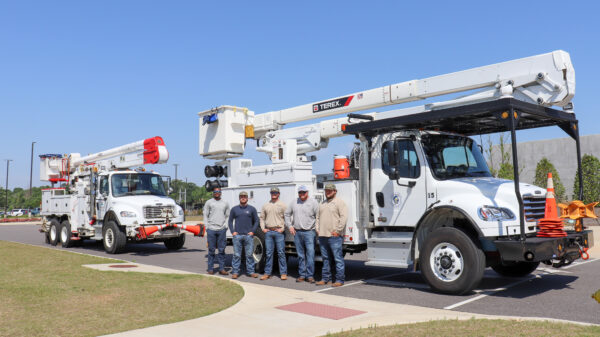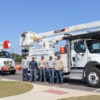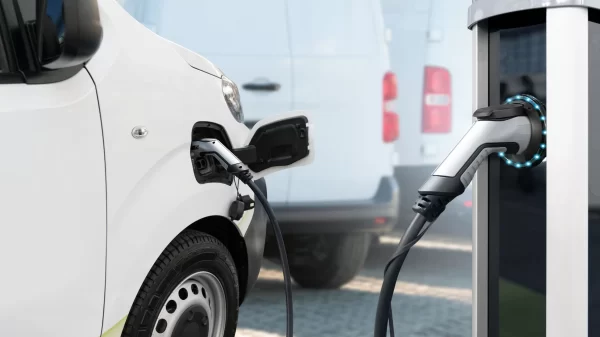California is plagued by unreliable access to electric power, a situation that will persist for years to come. It’s happening as part of Public Safety Power Shutoffs (PSPS), one component of the wildfire prevention plans implemented by electric utilities and approved by regulatory commissioners appointed by the governor. During periods of significant wildfire threat, the utility with equipment in those high-risk areas shuts off the power to avoid starting a wildfire. The plan has been in place for years and implemented hundreds of times over the past decade. It is about as popular as you would imagine. If you’re wondering who or what to blame, California offers many targets.
Assignment of blame, of course, is divided along political lines. Liberals blame climate change, a failure to live sustainably, and unscrupulous corporations. Conservatives take aim at the California Public Utilities Commission, the Governor, and a housing crisis that resulted in home construction in high risk fire areas. One sided arguments fed by confirmation bias belie an important truth – there is no one political party or company to blame. The scariest part – we’ll actually all have to work together to solve a complex problem. And it’s going to take decades. Can we do it?
Wildfire prevention has not been a priority. Activities that remove fuel, such as logging or animal grazing, help prevent wildfires. Logging was made more difficult in California. California law made it impossible to remove wood from state forests that was not already dead and on the ground. Air quality laws in California all but stopped prescribed burns and other treatment measures designed to remove fuel. Finally, several invasive species and diseases killed millions of trees and added to the fuel load. In many forest areas, grazing animals were banned and native species that graze have not recovered to levels that adequately manage grass and brush growth in the forests.
Other actions made management of fires more difficult and the damages they cause more severe. Road building clears vegetation and creates fire breaks while providing access to firefighters. President Clinton all but banned road building in US Forests in the 1990s, President Bush restored it 15 years later, and President Obama stopped it less than 5 years later. While fuel accumulated in the forest and road building ceased, a growing housing crisis drove new home construction in the wildfire-urban interface. Homes were constructed that did not follow state rules on building materials, fire breaks, and other fire related design criteria. And with that, the stage was set – forests full of fuel and private property nearby. All that’s needed is an ignition source.
In the tinderbox that is California, there are many possible ignition sources. Just ask Glenn Kile. In July 2018, Mr. Kile noticed a wasp nest underground in his backyard. He was allergic to wasps, so he hammered a metal stake into the ground to keep the wasps from surfacing. Sparks from his hammering ignited the largest wildfire in state history.
Sparks from power lines can also ignite a fire. Cal Fire (the state firefighting agency) investigators said the Camp Fire, the deadliest (86 killed) wildfire in California history and the costliest natural disaster in the world in 2018 ($16.5 billion in damages), was started by a Pacific Gas & Electric (PG&E) power line failure. While power lines cause a small amount (less than 5 percent) of the 50,000-plus wildfires started each year in the US, many severe fires are caused by power lines. The reason is that severe fires and damaged power lines often share a common cause – high wind speeds. High winds can damage power structures and can also rapidly spread wildfires, making them more difficult to manage.
Maintaining power infrastructure, and the vegetation around that infrastructure, is critical to preventing fire and is the responsibility of electric utilities. As was the case with other stakeholders, wildfire prevention was not a priority of utilities or the regulatory bodies that oversee them. The California Public Utilities Commission (CPUC) repeatedly cut funding to electrical distribution improvements and tree trimming budgets, in the name of keeping rates affordable, and higher priorities like decarbonization. The CPUC also failed to immediately ensure all electric utilities implemented a wildfire mitigation plan even after it became clear that power lines posed a threat to public safety.
At the same time that regulators chose to prioritize other activities, electric utilities like PG&E were mired in distractions created by others (state mandates for renewables, electric vehicles) and of their own volition (pipeline explosions, bankruptcy filings). Already hamstrung by reduced budgets for vegetation management, PG&E served a customer base which increasingly fought them on tree removal. Using California tree laws, customers could take PG&E to court over a single yard tree. While negotiations to trim/remove trees stalled, PG&E would simply skip the tree and move to another property.
With every stakeholder distracted by other priorities, wildfires raged on with an increasing frequency and intensity. From 1980-1999, wildfires burned an average of 3 million acres in the U.S. each year. Over the next 20 years, that burn rate more than doubled to 6.5 million acres per year. The damage from these fires can be severe, especially with more than 2 million homes built in areas with high or extreme fire risk, mostly in the last 20 years.
The delayed response from all stakeholders has now turned into an urgent, all-of-the-above approach to preventing wildfires. Utilities, facing financial destruction from wildfire liabilities, plan to accelerate replacement of aging equipment and adopt new technology, among other measures. Elements of the plan, already in progress, include, but are not limited to:
- Increased weather monitoring to improve the ability to forecast conditions that result in fires and manage equipment appropriately.
- Increased frequency of all inspections of distribution poles and transmission structures, including ground, drone, helicopter and climbing methods.
- Increased vegetation management, including quadrupling tree removal year over year with a priority placed on removal of dead, drying or otherwise high-risk trees in extreme risk areas.
- Hardening of the electrical system, including replacing wooden poles with more resilient, fire-resistant poles, replacing open conductors with covered conductors to minimize sparking, and undergrounding power lines.
- An increase in switches in the system, so that fewer people will have to face a planned power outage, if the line starts in an area where fire probability is low.
Even with an all-out effort by utilities to prevent fires, power will be shut off as a last resort. How often should we expect utilities to resort to this measure? A lot. Since 2013, San Diego Gas & Electric shut off power 216 times for public safety reasons.
Power shut offs aren’t the only measure under consideration. Virtually every stakeholder, from individual citizens to state government, are taking action – some of them dramatic:
- Governor Brown, on his last day in office, signed two forestry bills making it easier to log state forest lands and to build and maintain roads in those areas. The second bill removed requirements to follow California air quality rules when doing planned burns to remove fuel from forest floors and create areas with no fuel to stop fires.
- Governor Newsom issued an Emergency Proclamation that directs Cal Fireto increase vegetation management activity. Historically CAL FIRE planned to treat some 400,000 acres but only treated about 30,000 acres.
- Governor Newsom signed 18 bills to boost housing construction. It’s not just that there is a wildfire crisis in California, it’s that so many people live in wildfire zones. Construction is needed in order to provide housing choice.
- The California Public Utility Commission sped up work on General Order (GO) 95 that includes fire hardening the electric grid with 23 new recommendations finishing work that started years earlier with a final ruling in 2017. Further work is underway to improve GO-95.
- Facing a decade of intermittent darkness, individuals will take matters into their own hands and increasingly look to maintain their quality of life during power shutoffs. Already the leading state for rooftop solar, interest in self-generating power is soaring following the PSPS epidemic, as customer inquiries into rooftop solar and storage have reportedly doubled in recent months.
- With rooftop solar plus storage coming in at $40,000 per typical home, down from the 2016 NREL estimate of $51,000, we can also expect to see sales for diesel generators ($400-$1,100) or backup generators ($7,000-$16,000) soar. Local suppliers have reported customer inquiries increased more than 1,000% in recent months.
Those measures, some of them extreme, highlight the scope of the problem. Many of the measures require a decade or more for implementation. Sweeping changes are coming. Meanwhile to save lives, it will be dark in California every time there is a high risk of wildfire.
Corey Tyree is a Senior Policy Advisor for the Energy Institute of Alabama. Tyree is also a Senior Director of Energy and Environment with Southern Research. He directs a team of engineers, scientists, and technicians focused on innovative technology solutions for clean energy, air and water.

